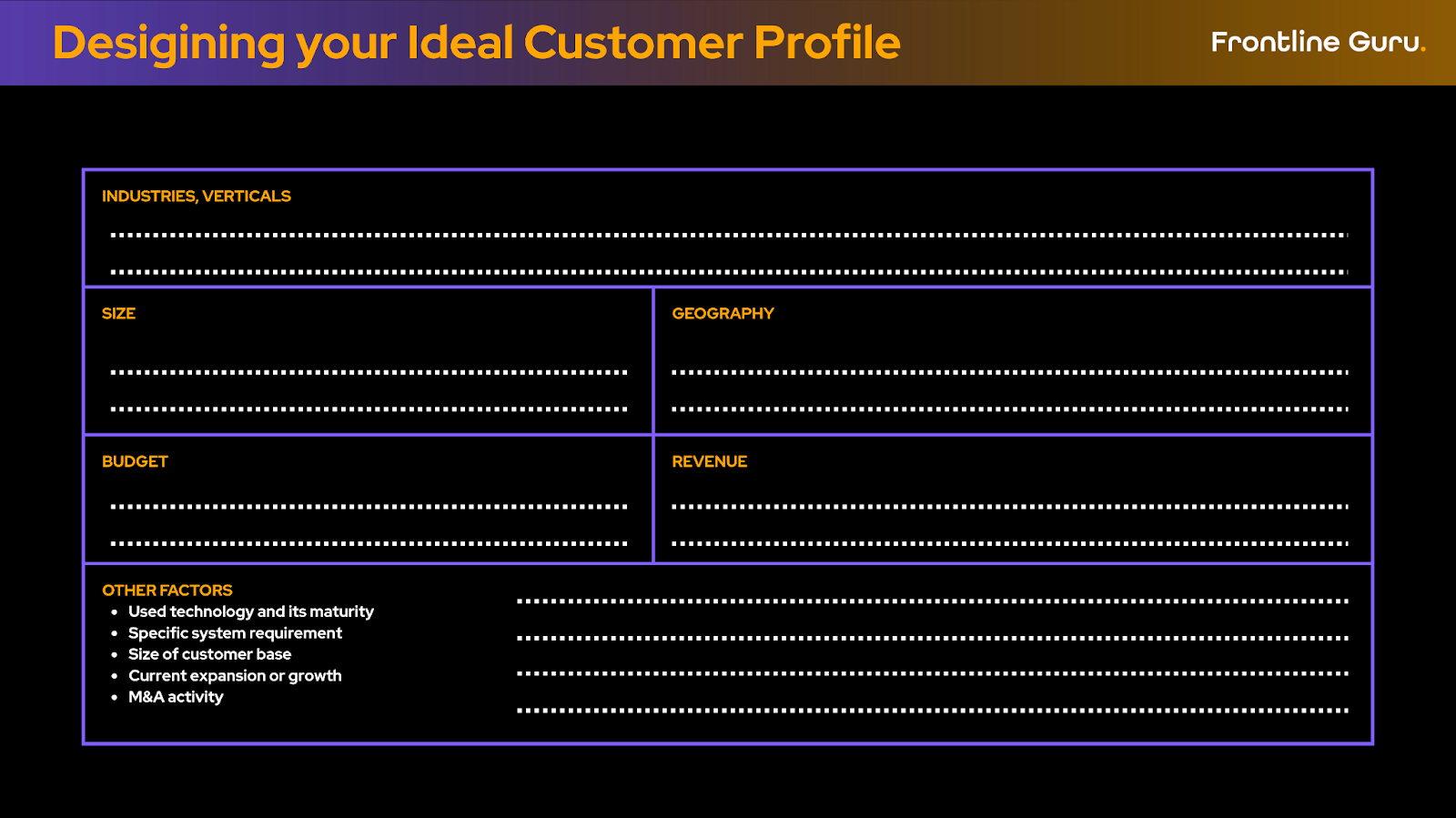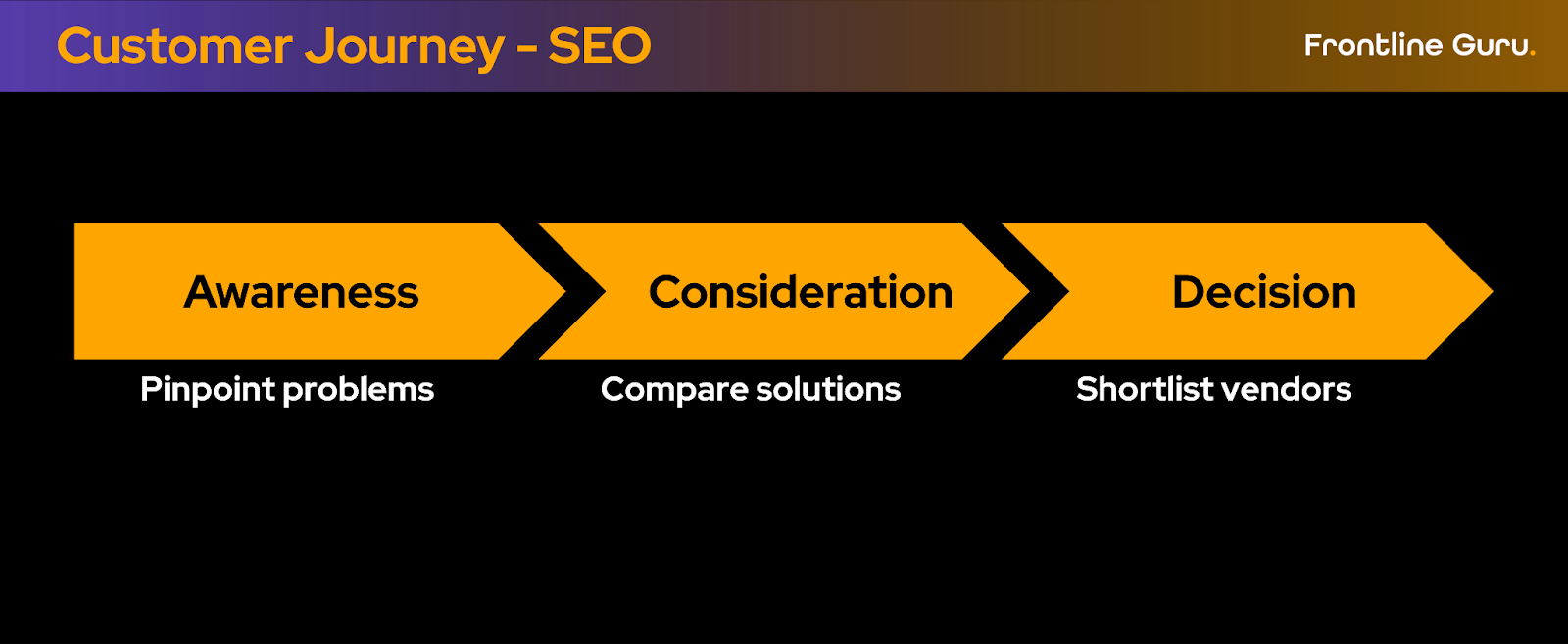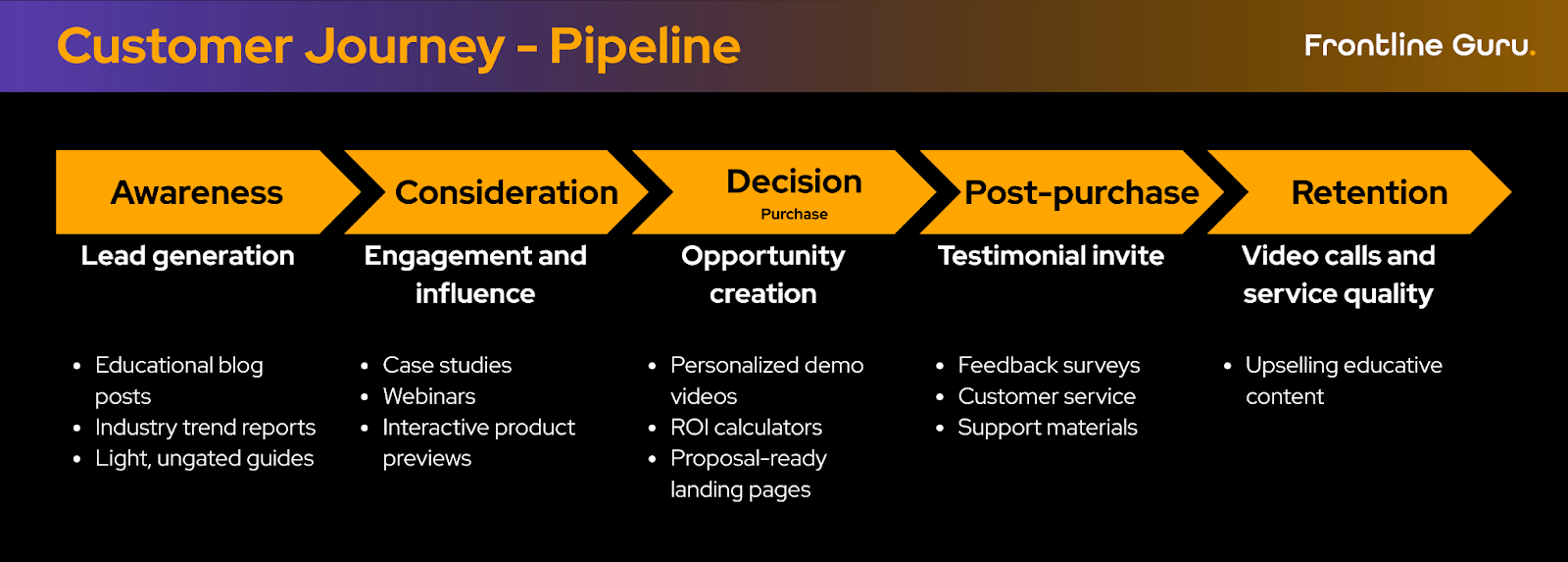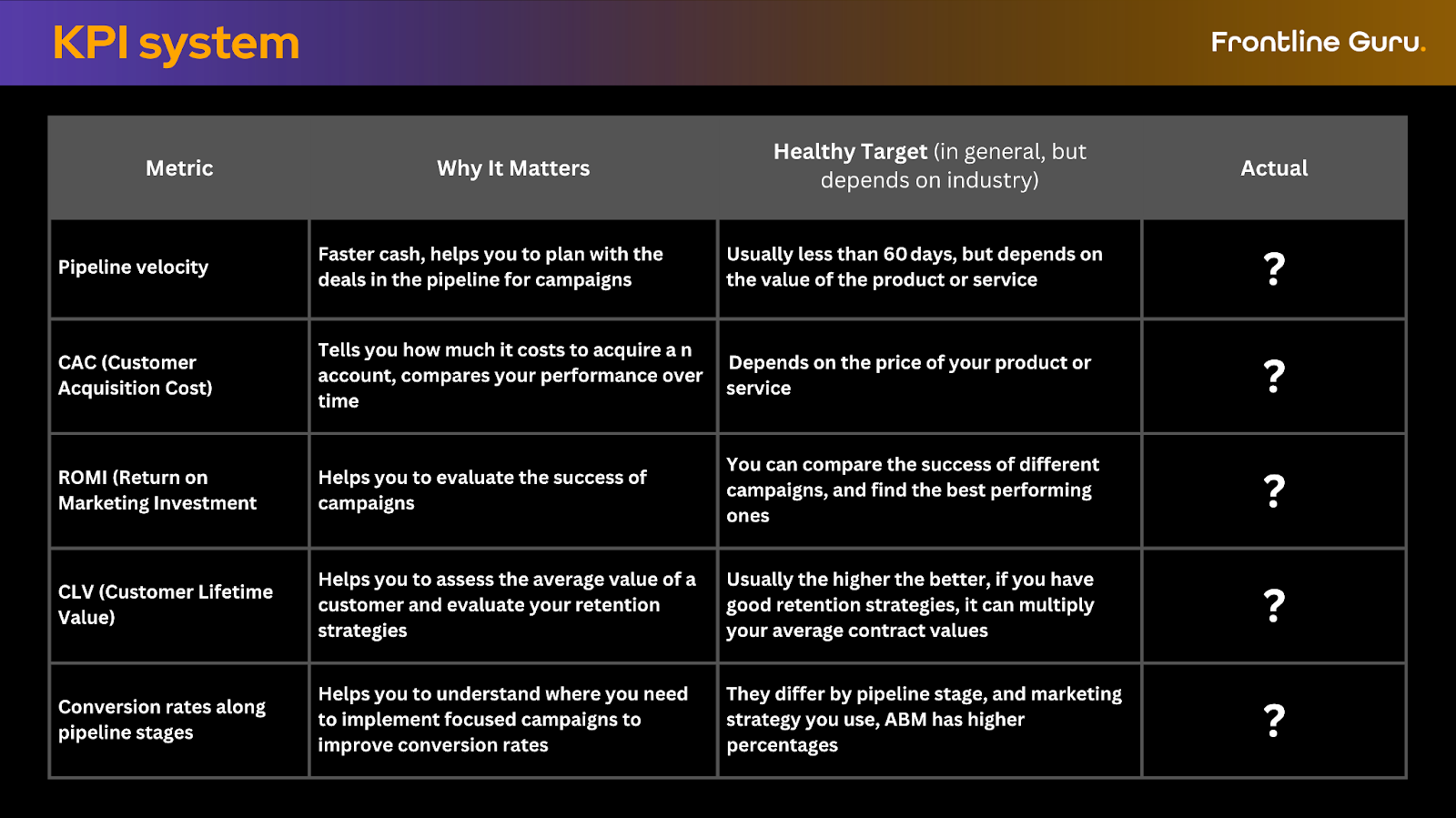How to Supercharge Your Online Digital Marketing Campaigns & Strategy

Zsanett Örsi
.png)
Why do so many companies fall into the pitfall of starting to come up with a digital B2B marketing strategy without any previous analysis? Without knowing who your audience is, either as a type of company or exactly who are those key people you need to convince, you will not manage to do that. In this article we aim to provide you frameworks that can help tackle this challenge.
This guide will walk you through a proven, step‑by‑step process to sharpen strategy, launch high‑impact campaigns, and continuously improve results.
1. Diagnose where you stand
Before starting work with ads or content, you should audit your current digital presence: you have to identify what’s working well and what’s not.
- Set business goals - Define revenue targets and the marketing share you must supply. In this case it is recommended to use SMART (Specific, Measurable, Achieveable, Relevant, Timebound) goals.
- Review performance data - Look at Google Analytics, LinkedIn Campaign Manager, Semrush and CRM reports. Which channels work well and already close deals? Where does lead quality drop?
- Spy on your competitors - Note which local or regional rivals you identified, rank for your dream keywords or dominate paid search. Using tools like Semrush, you can reveal gaps you can own.
- Inventory resources - Do you have writers, designers, marketing tech? Knowing your capacity shapes realistic timelines, and volume you can achieve - but note, even if you have limited resources, focus on quality over quantity.
Create a one source‑of‑truth document so the whole team sees the same baseline, you can have it at a designated place, or always sharing the most recent one with everyone on the team.
2. Clarify your Ideal Customer Profile (ICP) and Personas
Even inside Hungary’s tech scene, not every prospect is equal. An ICP describes companies most likely to generate high lifetime value at low acquisition cost. You should define important factors, like industry, size, geography, etc.

Within that ICP there are personas who sign or influence the deal. They are the critical individuals you have to convince, for example:
- Scaling Founder (CEO): Needs predictable pipeline to keep investors happy.
- Operations Optimiser (COO): Obsessed with process efficiency and clean data.
- Strategic Procurement Manager: Responsible for procuring high quality new tools
- Chief Technology Officer (CTO): Responsible for introducing and implementing new technology in the operations
Document each persona’s goals, pain points, buying triggers, and preferred content formats. A one‑page Persona Snapshot Card, with a quote, bullet points can help everyone to understand them and write a copy that speaks their language.

3. Discover what your buyers search for and why
If you want to reach your potential customers even before they decide to search for vendors, you can influence their thinking. For this you can use inbound marketing for what keyword research can help bridge your message to their intent:
- Awareness queries pinpoint problems (“scalable lead generation for SaaS”).
- Consideration queries compare solutions (“inbound vs outbound for tech SMEs”).
- Decision queries shortlist vendors (“best B2B marketing agency Budapest”).

You can cluster keywords by these stages in a master sheet, or categorize them based on content topic in English and/or the language of your targeted customers
4. Map tactics and content to the funnel stage
Turn insights into an actionable playbook and provide valuable content in each stage of the customer journey, as we have introduced this in our previous post here.
- Awareness: Publish a blog post answering top‑of‑funnel questions, boost with industry trend reports.
- Consideration: Offer a downloadable checklist or case studies and nurture them through online webinars.
- Decision: Retarget site visitors with customer‑story ads; invite them to a 30‑minute demo call or product tour and support their decision making with ROI calculations.
- Post-purchase and Retention: Engage them with feedback surveys and support materials, deliver roadmap workshops and exclusive benchmarking reports.
This integrated path ensures prospects never feel abandoned or oversold, and will be able to find you at the right time.

5. Optimise Content for Google and GPT Engines
Search algorithms reward authority and AI assistants crave concise, answer‑ready snippets. In order to successfully win over both, you should keep a couple of things in mind.
- Writing headings that double as common questions that they might search for.
- Adding TL;DR definitions and bullet lists for easy citing and browsing.
- Using a FAQ schema to secure featured snippets by the AI search engines
- Showcasing E‑E‑A‑T (Experience, Expertise, Authoritativeness, Trustworthiness) to improve the authority of your website by including author bios, local case data, and trusted external references.
6. Launch, measure, improve and evaluate
You should introduce a simple KPI dashboard that keeps the team focused, and make them understand which metrics you should focus on. It is possible that this will differ monthly, however, it should act as a guideline for you to know what is the ultimate goal you are working for and it can ensure that your teams, whether that might only include Marketing or Sales too are aligned.
You can see an example here:

You should review these numbers weekly, focus on new strategies monthly and hold quarterly retrospectives. Double down on winning tactics and pivot away from dead weights that are not working out.
Conclusion
Before jumping into introducing or working out a fancy sounding new marketing strategy, do not forget to evaluate what you already have, and instead follow these steps:
- Diagnose where you stand with audits
- Clarify your ICP and personas
- Discover what they search for in each stage of their journey
- Map tactics and content to their funnel stage
- Optimize your content not only for search engines but also GPTs
- Launch, measure, improve and of course evaluate your performance
If you continuously follow these steps you will reach success!

